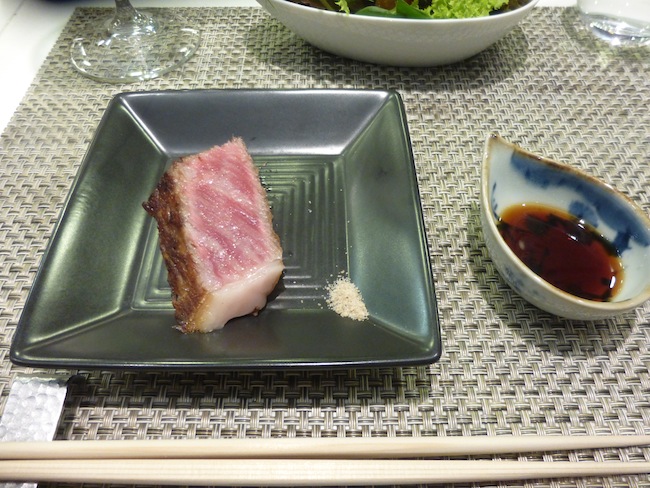
Japanese beef, or wagyu, as it’s also known, is certainly something the people of Japan delight in and cherish. Quality wagyu is a special (and pricey) treat, even for those of us living in Japan. WAGYU DIRECT, an online service operated by retail company VIVA JAPAN and dedicated to exporting wagyu and bringing its lovely taste to the rest of the world, held a seminar and cooking/tasting session on wagyu earlier this month at the Shinjuku Isetan Department Store.
The seminar was open to just 10 people, and as fond of beef as we are, we promptly entered the draw to participate in the session, which promised to be both informative and delicious. Well, we were in luck, as we were one of the fortunate ten selected to attend the seminar. Join us as we spend an evening learning a little about wagyu and enjoy a feast as well!
The seminar was hosted by Hisato Hamada, founder and CEO of VIVA JAPAN. Hamada previously worked in the entertainment industry and at one point was involved in importing foreign movies to Japan. One of the movies he was responsible for bringing into Japan was the academy nominated documentary film FOOD, INC. His involvement with the movie got him thinking about the quality of food, and through the contact he had with Japanese wagyu farmers in the process, he eventually began a business focused on exporting and disseminating information on wagyu beef, so his goal is not just running a successful business but also helping people around the world to appreciate authentic wagyu.
▼ Here’s the Kitchen Stage at Shinjuku Isetan, where the seminar was held. It features an impressive kitchen and a row of counter seats, plus some additional regular seats behind the counter.
Hamada went on to explain that there is a distinction between Japan-raised beef (kokusangyu) and wagyu. Only four specific breeds of cattle can be classified as wagyu — the Japanese Black (Kuroge Washu), the Japanese Shorthorn (Nihon Tankakushu), the Japanese Brown (Akage Washu) and the Japanese Polled (Mukaku Washu). The Japanese Black is the most common breed, accounting for roughly 95 percent of wagyu, including famous varieties such as Kobe and Matuszaka beef.The Japanese Shorthorn survives well in cold weather, and is grown mainly in northern Japan. The Japanese Brown has a reddish-brown coat and is raised mainly in Kumamoto Prefecture on the southern island of Kyushu, with a smaller number also raised in Kochi Prefecture on the island of Shikoku. The original ancestors of present-day wagyu are thought to have come into Japan from the Asian continent about 2,000 years ago.
All cattle grown in Japan that is not wagyu is is referred to generally as kokusangyu, including dairy breeds like Holsteins and Jerseys, as well as crossbreeds (a cross between the Holstein and Japanese Black being the most common).
▼ We were absolutely thrilled to see the beautiful beef set out before us! Today, we were going to have Hida beef (Hidagyu) raised in Gifu Prefecture, provided through the Japanese beef specialty shop Kojima, which is located on the B1 Floor of Shinjuku Isetan.
▼ Each wagyu cattle in Japan has a traceable individual identification number which anyone can check online. Today’s meat came from cattle number 0858575972, a female cow with genetic roots that trace back to the famous bull Yasufuku, originally from Gifu Prefecture.
▼ A simple yet elegant table setting was prepared for each seminar participant…
▼ …complete with reference material on WAGYU DIRECT and also the beef and other ingredients that were going to be used for the seminar.
▼ There was even a visually entertaining diagram illustrating the different parts of beef. It’s interesting to see that there are specific names for all these parts, much like with tuna.
▼ Okay, we were ready to start cooking some meat!
▼ First, we were going to be served some lovely sirloin. Quality wagyu contains a higher percentage of omega-3 and omega-6 fatty acids than typical beef, so that it doesn’t feel too heavy, even if there is a considerable amount of fat
▼ We were working with some beautifully marbled meat here.
▼ With such beautiful beef, you don’t need a whole lot of seasoning. Just a sprinkling of salt should do the trick.
▼ The beef doesn’t have to be cooked thoroughly, as it can be eaten quite rare. Also, since fat conducts heat well, sirloin, with its high fat content, cooks relatively quickly
▼ According to Hamada-san, you may want to cook one side relatively well, and then be a little quicker with the other side, depending on your preference.
▼ Mmmm … this looks just about right!
▼ The meat was carefully cut…
▼ …and was served with salt and soy sauce on the side.
▼ Heavens, the gorgeous marbled pattern of fat took our breath away! Then it melted in our mouth, as the succulent flavor of beef nearly overwhelmed us.
▼ We even had some sake served with the beef, and in a wine glass, no less! Here, we’re having Matsumoto Shuzo brewery’s “RISSIMO Momo no Shizuku“. When we tried it, the sake was refreshing, but the flavor was also quite strong and perhaps slightly overpowering, but people who enjoy sake would probably find it perfectly satisfying.
▼ Next, we were going to have meat from the shoulder.
▼ This meat came from the area outlined in red below. This particular cut from the shoulder is called the “togarashi” (chili pepper), because it’s shaped somewhat like a chili pepper.
▼ The shoulder area generally doesn’t contain as much marbled fat as the sirloin, but there was some fat covering the surface of the cut, which Hamada expertly removed.
▼ It can’t be too easy to handle such large chunks of meat, although Hamada made it look easy.
▼ Large strips of fat were removed from the meat. Hamada mentioned that this process of taking away the fat is called “polishing,” which suggests that something valuable is being handled and refined.
▼ You can see that the outer layer of fat is practically gone.
▼ This is what the “polished” shoulder meat looked like. As you can see, it’s not as marbled as the sirloin.
▼ Next, Hamada cut the meat…
▼ …into some thin slices.
▼ Then he added a little salt…
▼ …and cooked the meat.
▼ It didn’t take too long, as the slices were quite thin.
▼ And here’s the togarashi shoulder meat served with wasabi on the top left and truffle-flavored salt on the top right.
▼ With less fat than the sirloin, the shoulder meat was perhaps not as soft, but there’s nothing wrong with a little texture, and goodness, it tasted divine with the truffle salt — we nearly gasped when we placed it in our mouth.
▼ Hamada went on to cook some more of the shoulder meat.
▼ And this time, he cut it…
▼ …into thicker slices.
▼ It was cooked beautifully, slightly rare, and you can see there isn’t much white fat visible. As these slices were thicker, they were slightly chewy, but it did make you feel like you were really eating some meat.
▼ Oh, but we weren’t finished yet. We had some meat left over from the sirloin, which had been minced so that we could have some ground beef steak on rice!
▼ Hamada also chopped some Japanese green onions to use as a garnish on top of the rice.
▼ Once the ground beef steak was cooked, it was place on a bowl of rice along with the green onions.
▼ This was then topped with a sauce containing soy sauce, sake, mirin cooking sake and dried tomatoes.
▼ Here’s the completed ground beef steak on rice. Now, if that doesn’t look flavorful, we don’t know what does.
▼ Sometimes, we find ourselves seriously wondering why white rice goes so incredibly well with juicy meat!
This ground beef steak too was cooked somewhat rare. The red color of the beef looked tantalizingly beautiful on top of the rice, and when we tasted the dish, it didn’t disappoint! The sauce was not too heavy , and the roughly minced texture of the meat was a delight to savor.
▼ And since there was fresh wasabi available…
▼ …anyone who wanted to spice up their beef and rice combo could ask for a little grated wasabi.
▼ To finish off the meal, Hamada prepared a miso soup using the juice from the meat he had already cooked.
▼ Hamada used a strong, red miso paste (aka-miso) to make the soup. We thought the juice from the beef added a delightful depth and just a tiny bit of untraditional flavor to the soup, making it a very satisfying way to end the meal. According to Hamada, wagyu goes exceedingly well with fermented products like miso.
▼ And this is salt that was used for this seminar, the “Hamamishio Moshio” from Tsushima in Nagasaki Prefecture in Southern Japan.
There were two other types of sake served during the meal, Banjou Jozo brewery’s “Kamoshibito Kuheiji Junmaidaiginjo” and Nakashima Jozo brewery’s “Kozaemon Tokubetsu Junmai”, which unfortunately we weren’t able to try, as we were quite full from all the meat and our first glass of sake.
▼ Of course, cutting the meat is also an important part of handling wagyu, and for this seminar, Hamada used quality knives produced by three-star Michelin chef Michel Bras in collaboration with Japanese knife maker Kai Corporation.
So, that finishes our report on our educational and enjoyable wagyu-themed evening. It was particularly interesting to hear Hamada say that there are about 250 brands of wagyu in Japan, so wherever you travel in Japan, you’re likely to find a local wagyu brand, which can certainly be something to lookout for when you’re traveling. He also mentioned that wagyu is usually best prepared in the cooking style popular in the region where the cattle is grown, such as sukiyaki for Matsuzaka beef and steak for Kobe beef. Not unlike sake, the quality and characteristics of wagyu are influenced by elements of the local environment including the grass and water, so it stands to reason that wagyu from a specific region would suit the cooking style and ingredients that have been well-received locally.
WAGYU DIRECT currently supplies wagyu to areas such as Singapore and most EU countries, and we hope they’re able to expand their efforts to connect wagyu farms in Japan to restaurants and consumers around the world. After all, we would be very happy for more people to become familiar with the joy of wagyu. Thank you, Mr. Hamada, for a delightful evening!
Photos © RocketNews24

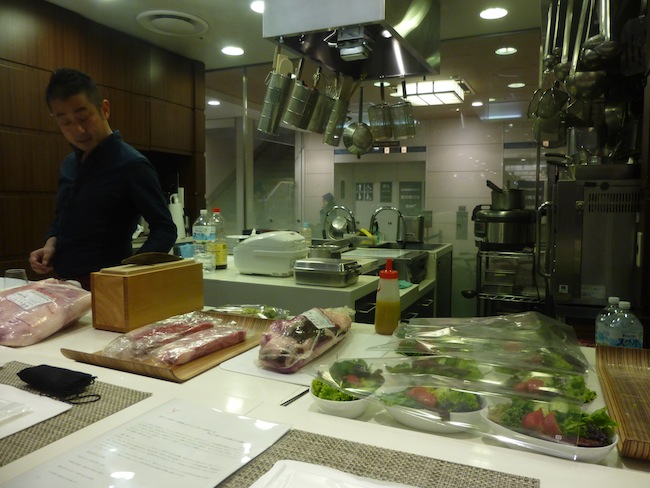
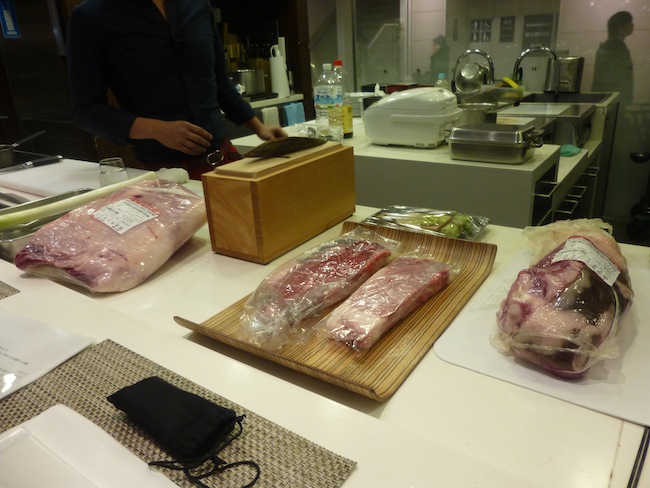
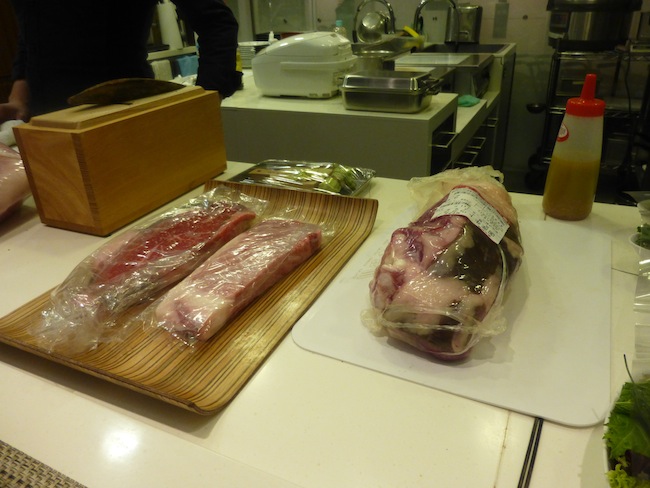
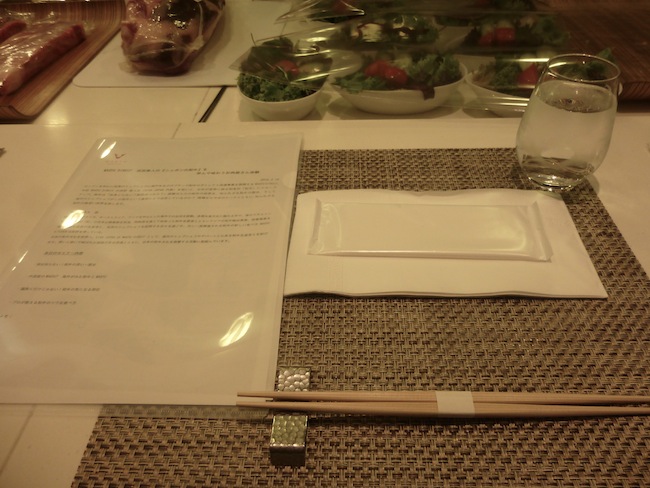
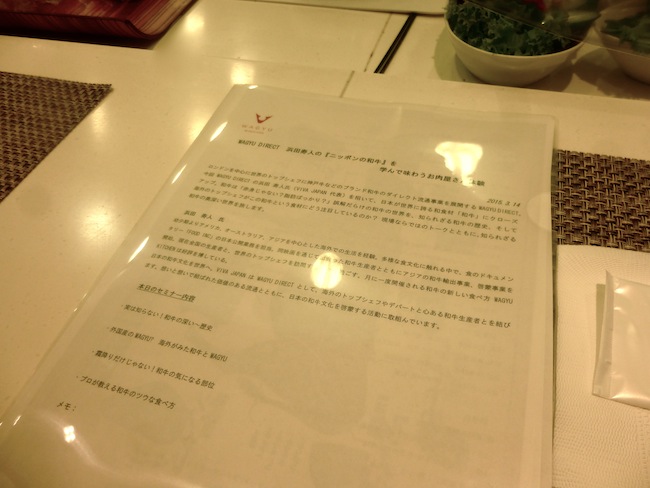
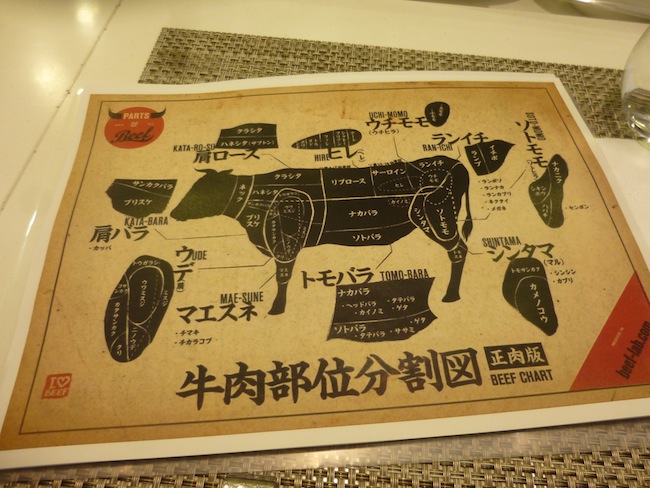
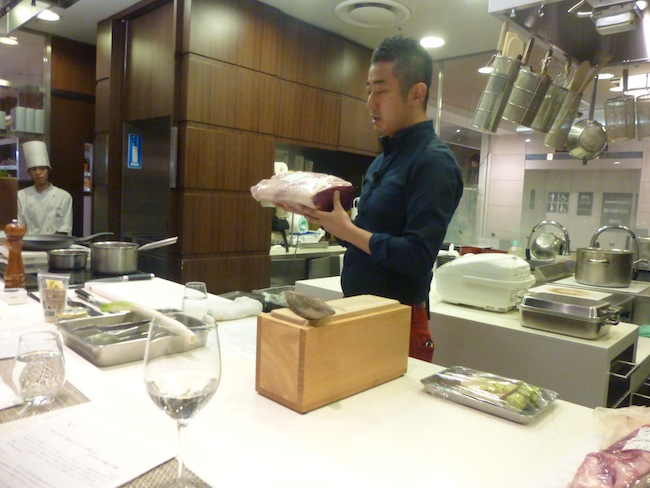
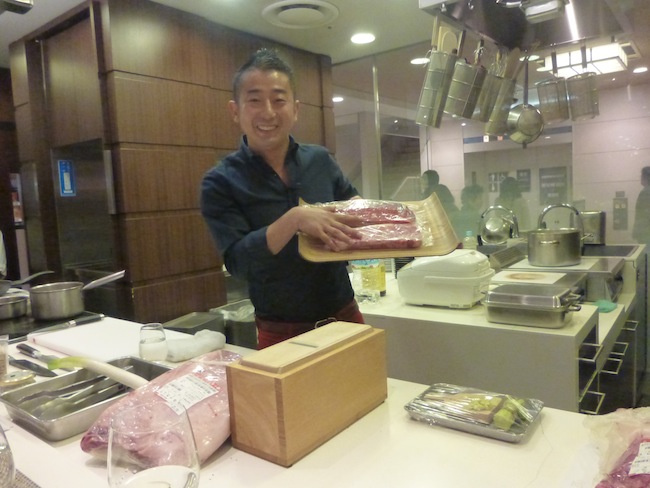
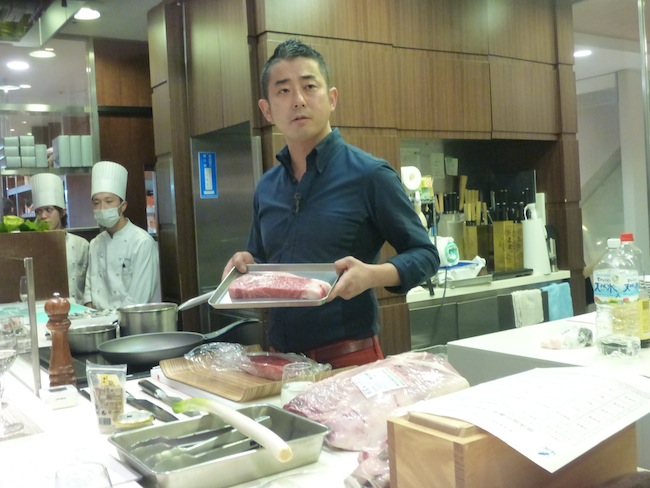
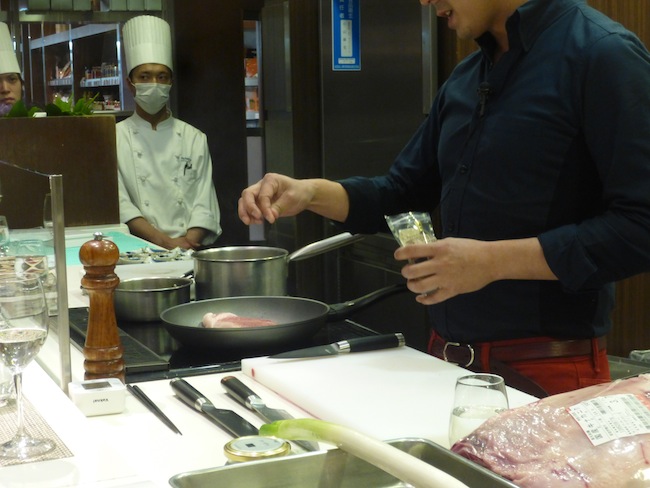
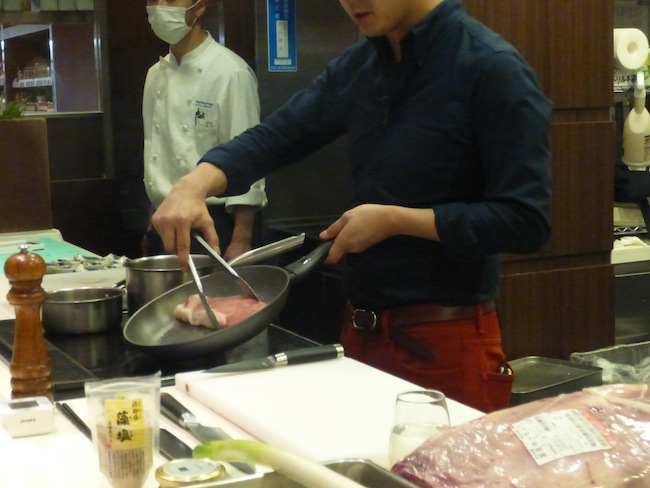
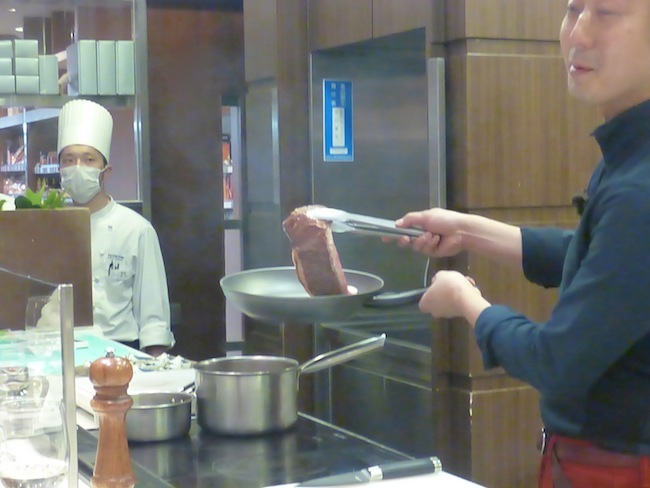
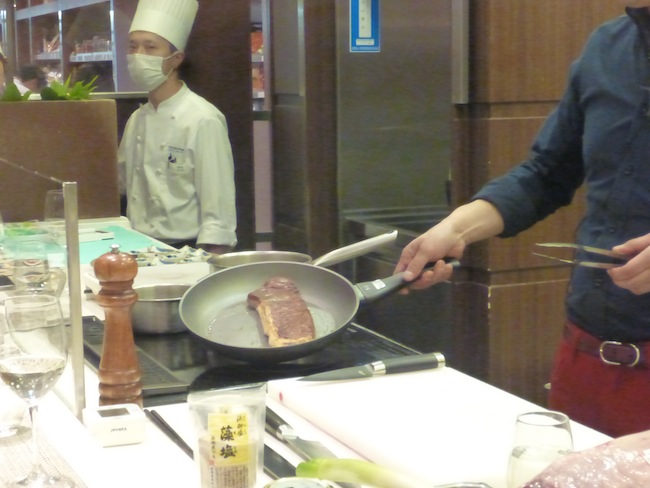
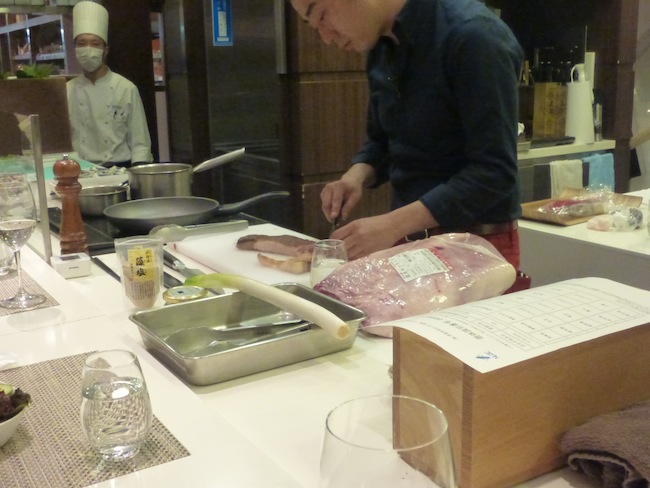
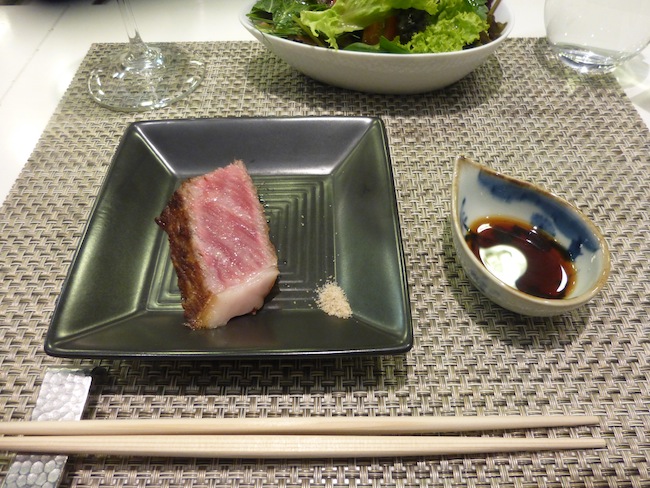
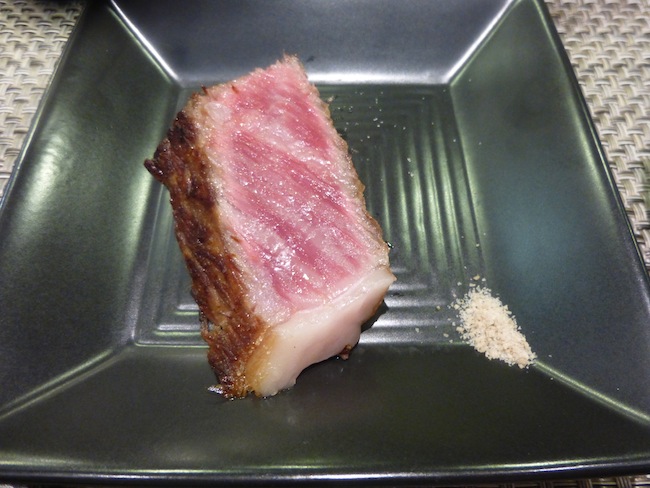
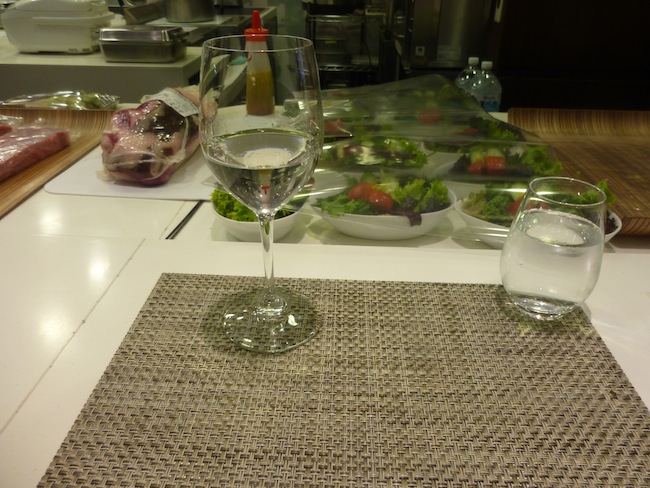
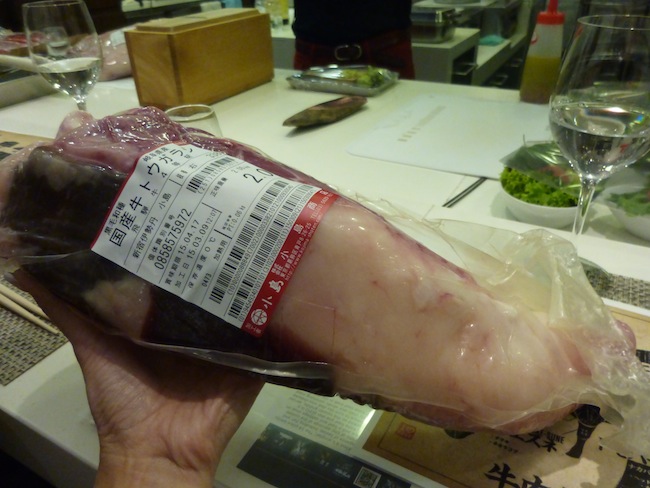
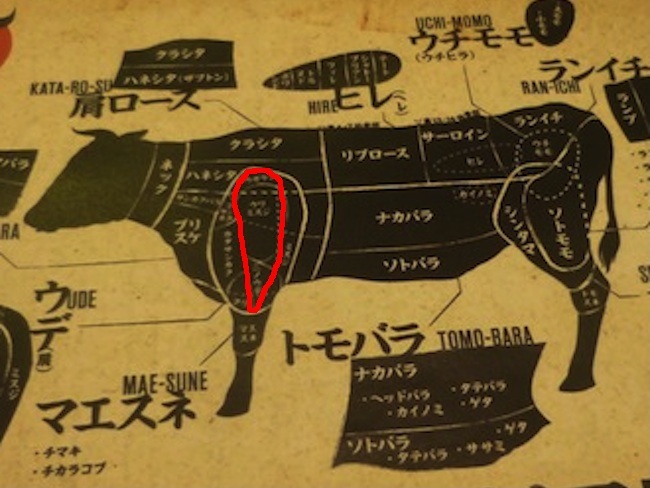
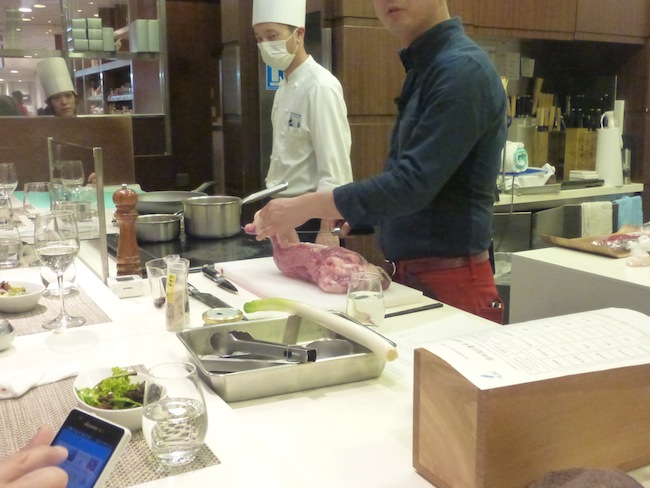
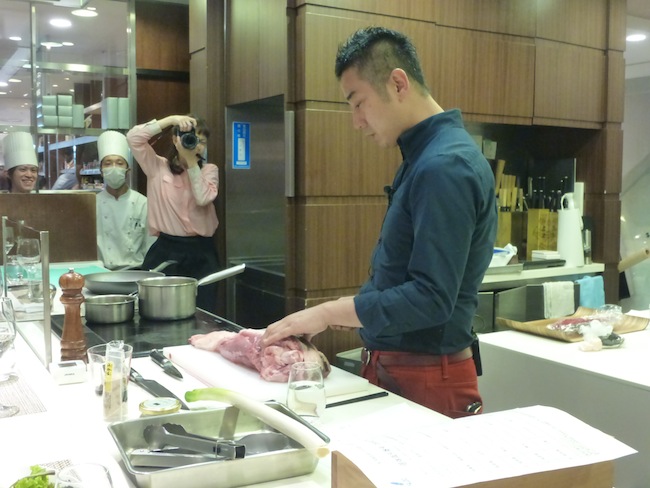
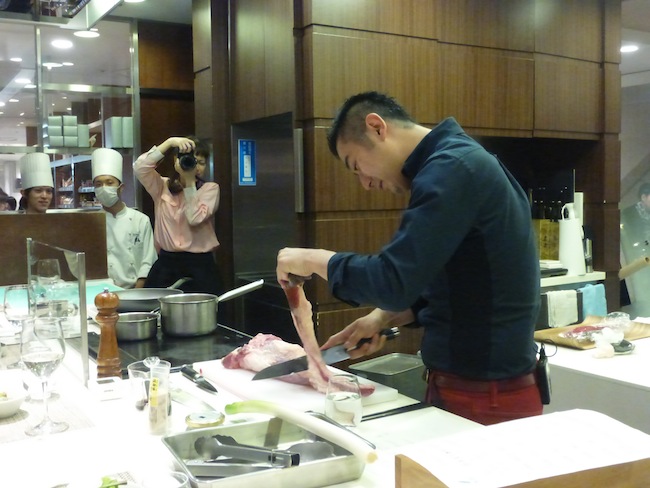
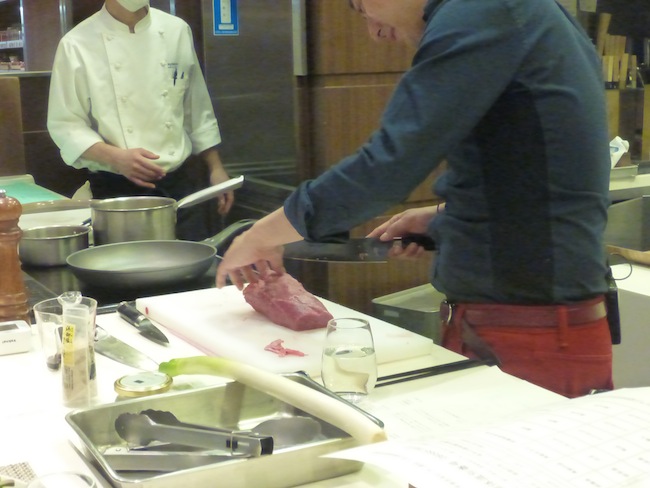
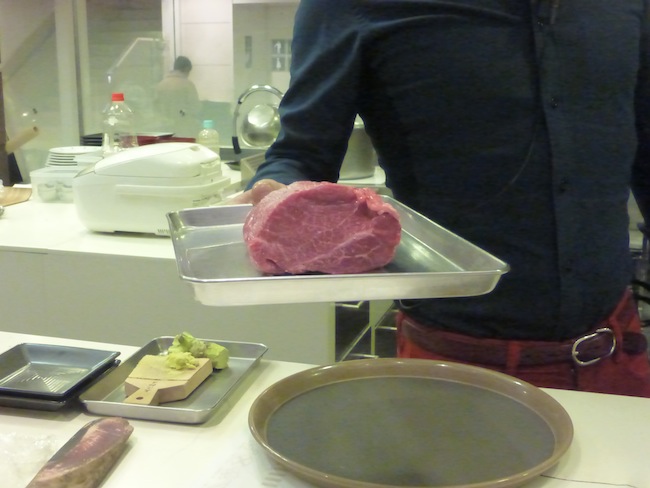
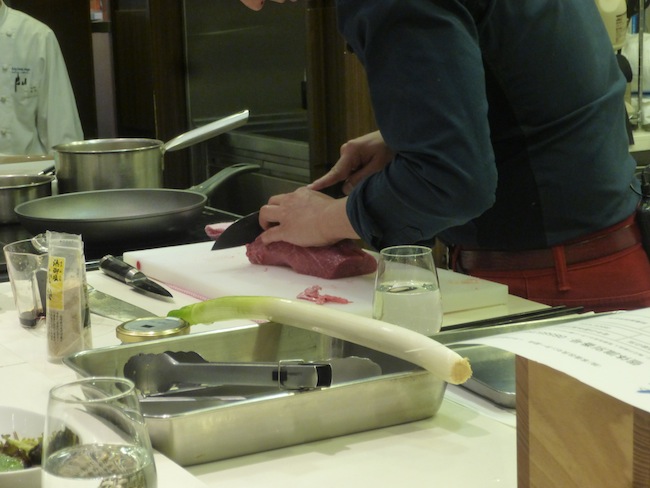
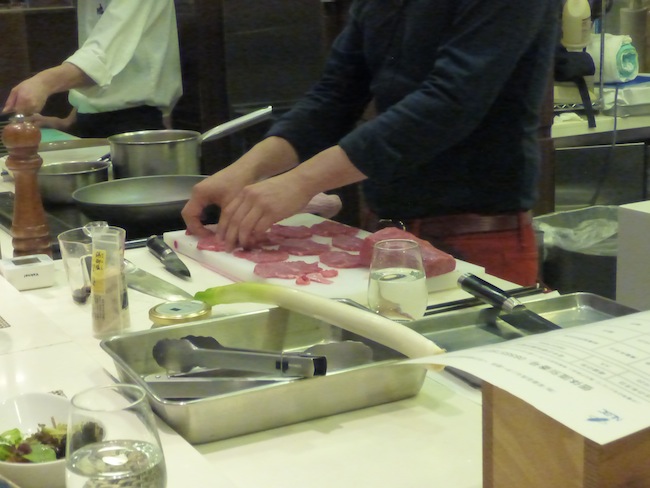
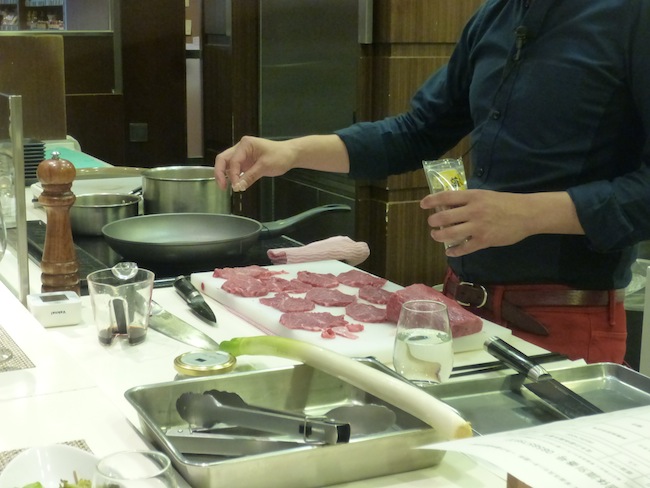
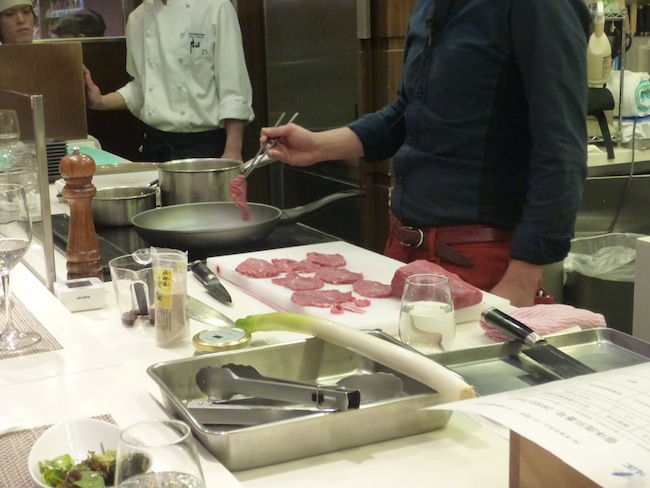
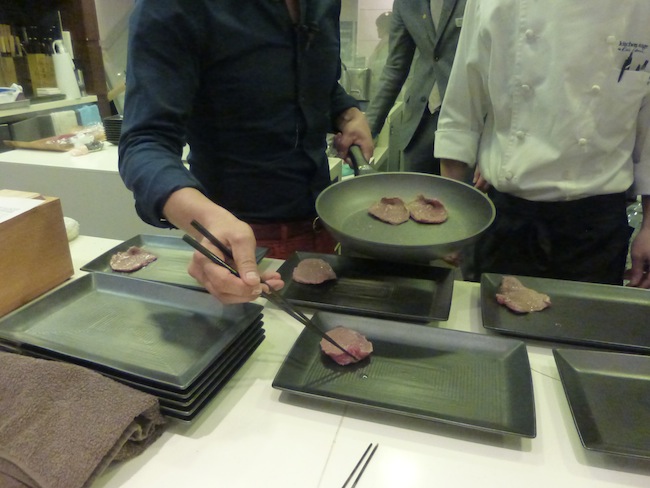

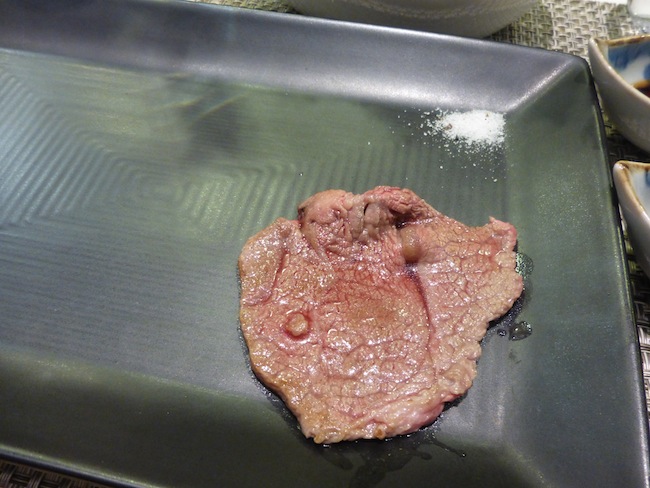
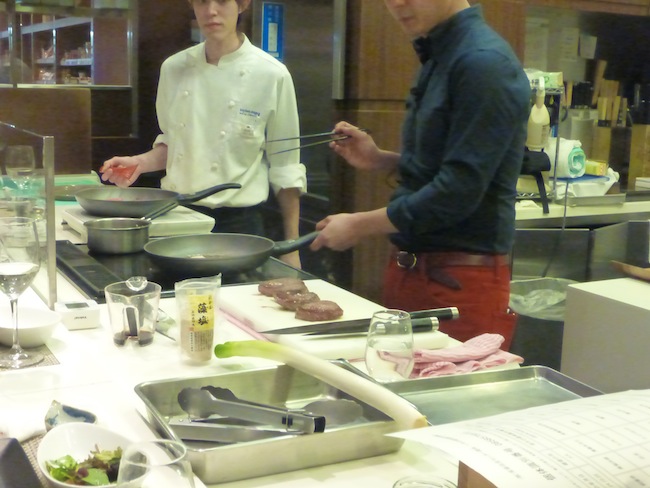
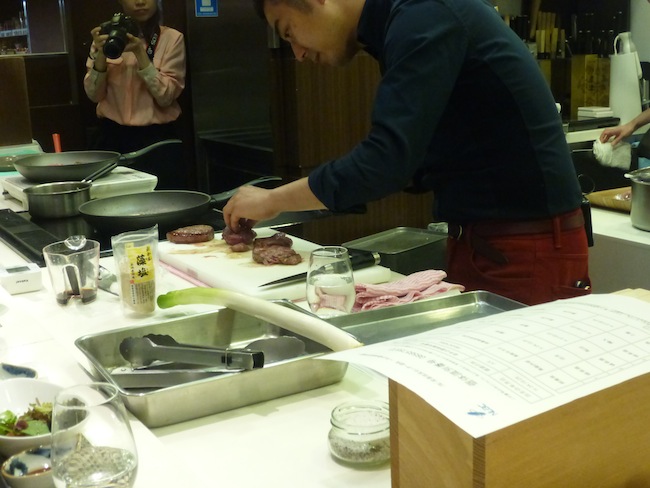
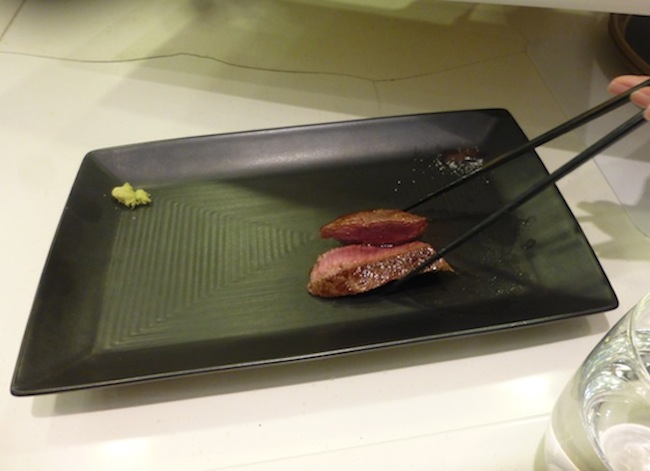

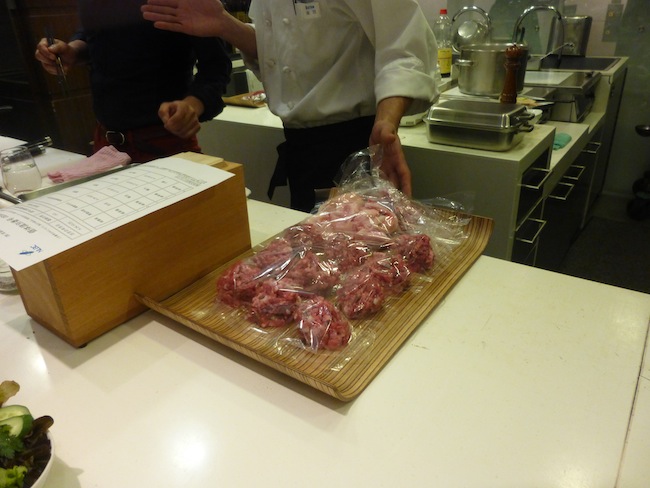
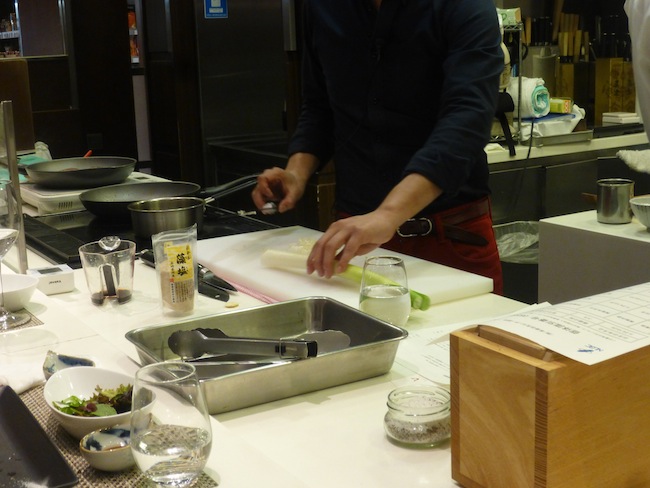
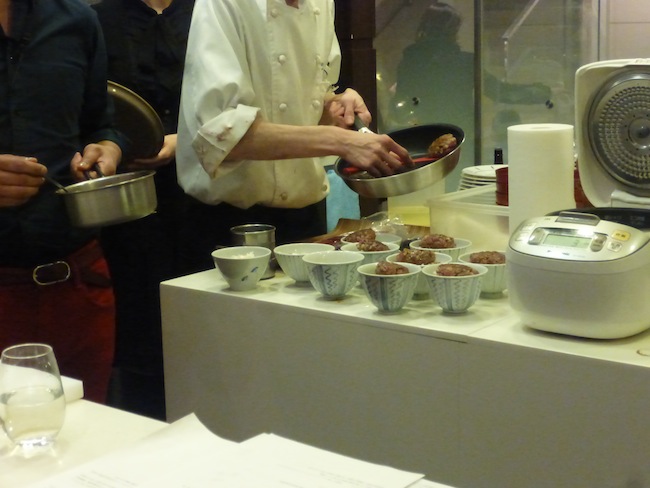

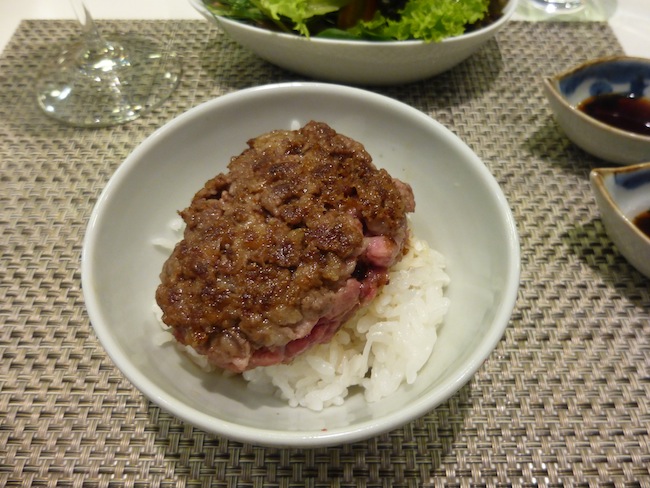

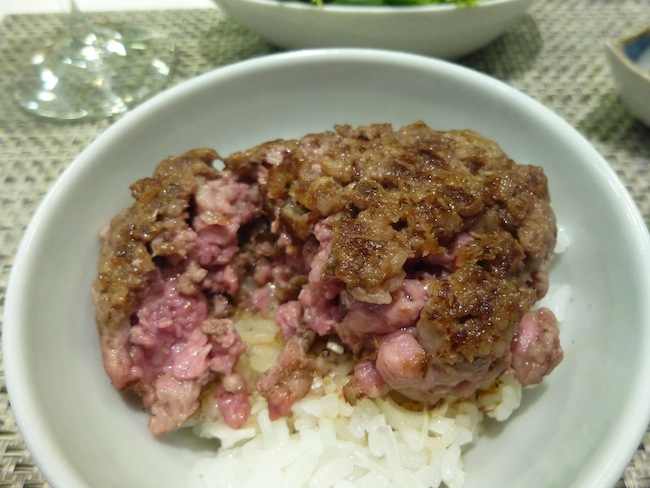
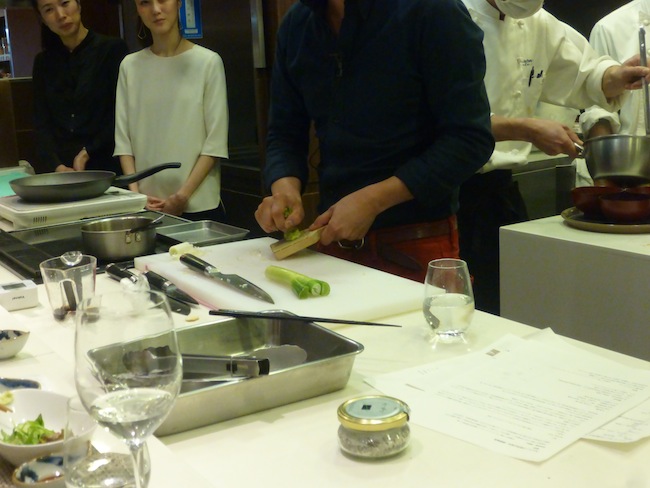
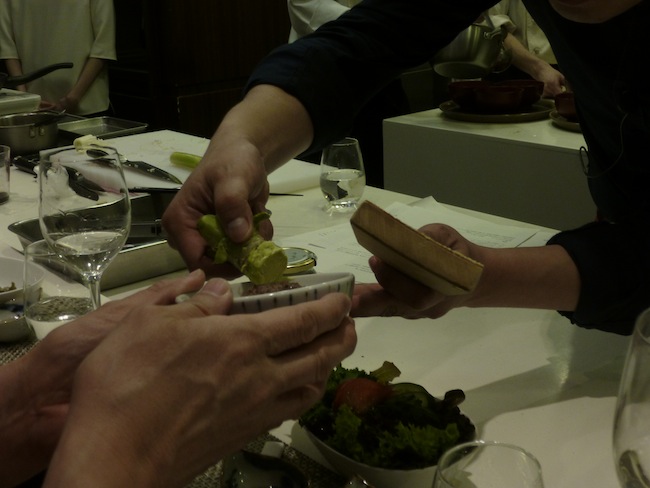
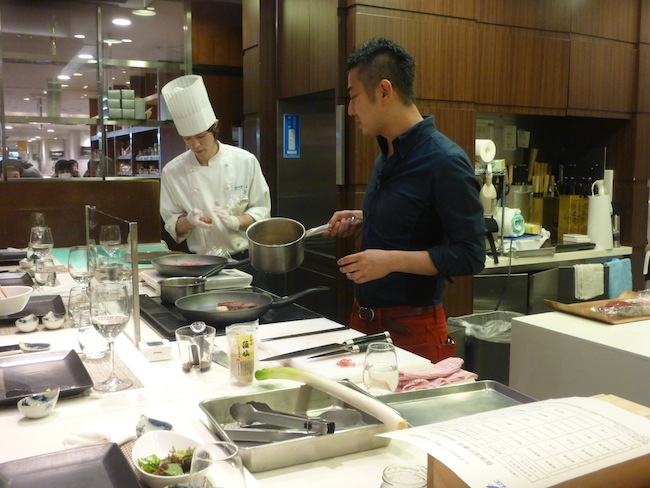
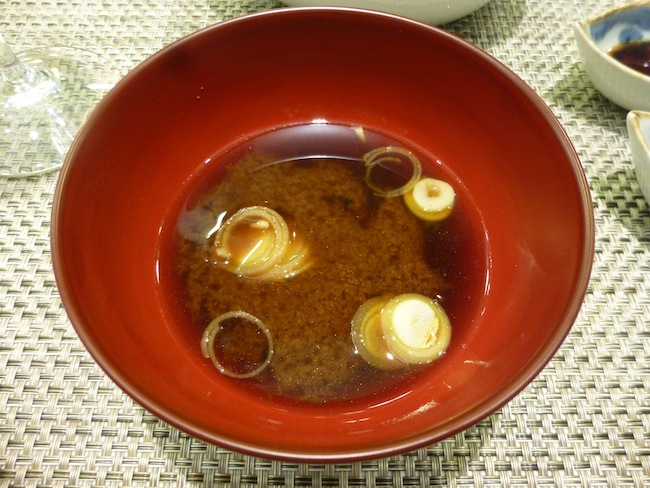
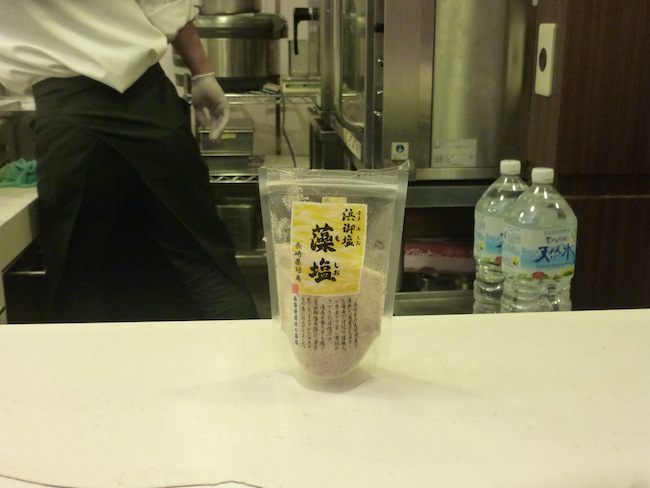

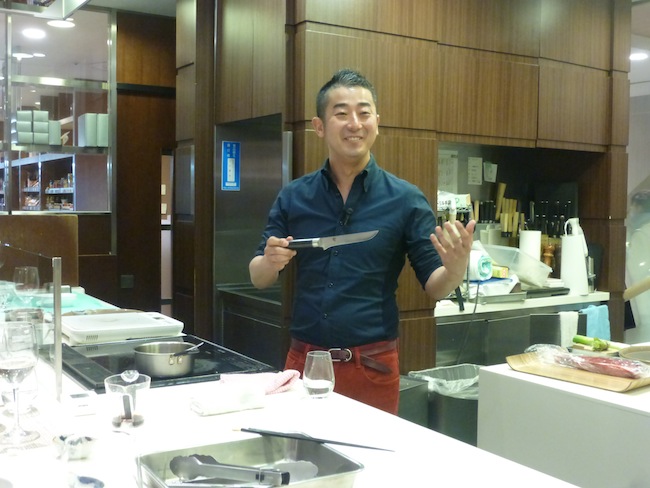
 Wagyu vs. kokusangyu – The difference between the two types of “Japanese beef”
Wagyu vs. kokusangyu – The difference between the two types of “Japanese beef” Eat Kuroge Wagyu beef at this Japanese restaurant in Ginza for less than 10 bucks!
Eat Kuroge Wagyu beef at this Japanese restaurant in Ginza for less than 10 bucks! Bulky boxes of wagyu beef can be yours with Japan’s rental frying pan/meat subscription service
Bulky boxes of wagyu beef can be yours with Japan’s rental frying pan/meat subscription service Free wagyu beef is Japanese politicians’ latest coronavirus response plan
Free wagyu beef is Japanese politicians’ latest coronavirus response plan Wagyu beef gacha vending machine dispenses meat at random in Japan
Wagyu beef gacha vending machine dispenses meat at random in Japan More Than a Capsule Stay: Why Solo Travelers Choose “global cabin Yokohama Chinatown”
More Than a Capsule Stay: Why Solo Travelers Choose “global cabin Yokohama Chinatown” This is possibly the coziest train in all Japan thanks to onboard hot spring footbaths【Pics】
This is possibly the coziest train in all Japan thanks to onboard hot spring footbaths【Pics】 7 great places to see Mt. Fuji from without having to climb it
7 great places to see Mt. Fuji from without having to climb it Merry Christmas from SoraNews24!
Merry Christmas from SoraNews24! Ghibli, One Punch, Fullmetal Alchemist artists create hand-drawn Major Leage Baseball anime video
Ghibli, One Punch, Fullmetal Alchemist artists create hand-drawn Major Leage Baseball anime video We dip our feet into a Japanese onsen…inside footbath boots
We dip our feet into a Japanese onsen…inside footbath boots Japanese breast size study shows rapid growth in previously smallest-busted region of county
Japanese breast size study shows rapid growth in previously smallest-busted region of county 7-Eleven Japan’s ramen-cooking robot whipped us up a bowl of noodles【Taste test】
7-Eleven Japan’s ramen-cooking robot whipped us up a bowl of noodles【Taste test】 The 5 best entry-level roadside stations in Japan’s Kanto Region, according to experts
The 5 best entry-level roadside stations in Japan’s Kanto Region, according to experts Drunk cycling can result in an instantly suspended driver’s license in Japan
Drunk cycling can result in an instantly suspended driver’s license in Japan Disillusionment at Tsukiji’s tourist-target prices led us to a great ramen restaurant in Tokyo
Disillusionment at Tsukiji’s tourist-target prices led us to a great ramen restaurant in Tokyo Japan may add Japanese language proficiency, lifestyle classes to permanent foreign resident requirements
Japan may add Japanese language proficiency, lifestyle classes to permanent foreign resident requirements Lacquerware supplier to emperor of Japan and Pokémon team up for new tableware
Lacquerware supplier to emperor of Japan and Pokémon team up for new tableware Starbucks Japan releases new zodiac chilled cup drink for 2026
Starbucks Japan releases new zodiac chilled cup drink for 2026 Japan’s otoshidama tradition of giving kids money at New Year’s gets a social welfare upgrade
Japan’s otoshidama tradition of giving kids money at New Year’s gets a social welfare upgrade Cyberpunk anime meets traditional culture in Ghost in the Shell gold leaf Japanese changing screens
Cyberpunk anime meets traditional culture in Ghost in the Shell gold leaf Japanese changing screens Hello Kitty Choco Egg figures are an adorable trip through three periods of Japanese pop culture【Pics】
Hello Kitty Choco Egg figures are an adorable trip through three periods of Japanese pop culture【Pics】 7-Eleven Japan starts new temporary luggage storage service in over 300 branches
7-Eleven Japan starts new temporary luggage storage service in over 300 branches Can a dirty butthole make you filthy rich in Japan? We’re starting a New Year’s lottery experiment
Can a dirty butthole make you filthy rich in Japan? We’re starting a New Year’s lottery experiment Japan’s human washing machines will go on sale to general public, demos to be held in Tokyo
Japan’s human washing machines will go on sale to general public, demos to be held in Tokyo Starbucks teams up with 166-year-old Kyoto doll maker for Year of the Horse decorations【Photos】
Starbucks teams up with 166-year-old Kyoto doll maker for Year of the Horse decorations【Photos】 Tokyo considering law requiring more trash cans following litter increase in heavily touristed area
Tokyo considering law requiring more trash cans following litter increase in heavily touristed area Tokyo’s Tsukiji sushi neighborhood asks tour groups to stay away for the rest of the month
Tokyo’s Tsukiji sushi neighborhood asks tour groups to stay away for the rest of the month Nintendo’s Kirby now delivering orders at Kura Sushi restaurants, but not in Japan
Nintendo’s Kirby now delivering orders at Kura Sushi restaurants, but not in Japan Tokyo event lets you travel back in time, for free, to celebrate 100 years since Showa era start
Tokyo event lets you travel back in time, for free, to celebrate 100 years since Showa era start Sanrio theme park in Japan announces plans to expand into a Sanrio resort
Sanrio theme park in Japan announces plans to expand into a Sanrio resort Stamina-destroying “Paralysis Noodles” are Tokyo’s newest over-the-top ramen innovation
Stamina-destroying “Paralysis Noodles” are Tokyo’s newest over-the-top ramen innovation Survey asks foreign tourists what bothered them in Japan, more than half gave same answer
Survey asks foreign tourists what bothered them in Japan, more than half gave same answer Japan’s deadliest food claims more victims, but why do people keep eating it for New Year’s?
Japan’s deadliest food claims more victims, but why do people keep eating it for New Year’s? We deeply regret going into this tunnel on our walk in the mountains of Japan
We deeply regret going into this tunnel on our walk in the mountains of Japan Studio Ghibli releases Kodama forest spirits from Princess Mononoke to light up your home
Studio Ghibli releases Kodama forest spirits from Princess Mononoke to light up your home Major Japanese hotel chain says reservations via overseas booking sites may not be valid
Major Japanese hotel chain says reservations via overseas booking sites may not be valid Put sesame oil in your coffee? Japanese maker says it’s the best way to start your day【Taste test】
Put sesame oil in your coffee? Japanese maker says it’s the best way to start your day【Taste test】 The top 10 annoying foreign tourist behaviors on trains, as chosen by Japanese people【Survey】
The top 10 annoying foreign tourist behaviors on trains, as chosen by Japanese people【Survey】 No more using real katana for tourism activities, Japan’s National Police Agency says
No more using real katana for tourism activities, Japan’s National Police Agency says Starbucks Japan reveals new sakura drinkware collection, inspired by evening cherry blossoms
Starbucks Japan reveals new sakura drinkware collection, inspired by evening cherry blossoms We get lucky with a Wagyu beef gacha vending machine at 3,000 yen a pop
We get lucky with a Wagyu beef gacha vending machine at 3,000 yen a pop Japan’s ultimate wagyu beef bento costs almost US$3,000, promises to be an unforgettable meal
Japan’s ultimate wagyu beef bento costs almost US$3,000, promises to be an unforgettable meal Yoshinoya’s wagyu beef box for Japanese politicians
Yoshinoya’s wagyu beef box for Japanese politicians Wagyu Burger opens in Tokyo, serving up highest-grade beef at reasonable prices
Wagyu Burger opens in Tokyo, serving up highest-grade beef at reasonable prices Japanese Black Wagyu from Yoshinoya – Premium beef isn’t just for politicians anymore!【Taste test】
Japanese Black Wagyu from Yoshinoya – Premium beef isn’t just for politicians anymore!【Taste test】 Yoshinoya has an ultra-luxurious wagyu beef bowl you can only get one place in Japan【Taste test】
Yoshinoya has an ultra-luxurious wagyu beef bowl you can only get one place in Japan【Taste test】 Japanese vending machine serves up Wagyu beef steaks in the countryside
Japanese vending machine serves up Wagyu beef steaks in the countryside $100 ramen in Tokyo: Overpriced or totally worth it?
$100 ramen in Tokyo: Overpriced or totally worth it? Tokyo restaurant isn’t kidding about the name of its overflowing rare wagyu-ju【Photos】
Tokyo restaurant isn’t kidding about the name of its overflowing rare wagyu-ju【Photos】 An exquisite work of beef art makes the perfect Kabuki Day gift
An exquisite work of beef art makes the perfect Kabuki Day gift Strawberry and beef? We try Lotteria’s new Tochigi Wagyu Steak Hamburger with Strawberry Sauce
Strawberry and beef? We try Lotteria’s new Tochigi Wagyu Steak Hamburger with Strawberry Sauce Japan’s ultimate wagyu beef bento is back, now with a Guinness World Record under its belt
Japan’s ultimate wagyu beef bento is back, now with a Guinness World Record under its belt Yoshinoya’s special Japanese parliament-only wagyu beef bowl is now available to us civilians too
Yoshinoya’s special Japanese parliament-only wagyu beef bowl is now available to us civilians too Does US$50 canned wagyu beef make for a great beef bowl? We find out【Taste test】
Does US$50 canned wagyu beef make for a great beef bowl? We find out【Taste test】 Japan’s wagyu heart-shaped steaks are the perfect alternative to Valentine’s Day sweets【Photos】
Japan’s wagyu heart-shaped steaks are the perfect alternative to Valentine’s Day sweets【Photos】 Can our gourmet writers tell luxurious wagyu beef jerky from the cheap imported beef stuff?
Can our gourmet writers tell luxurious wagyu beef jerky from the cheap imported beef stuff?
Leave a Reply